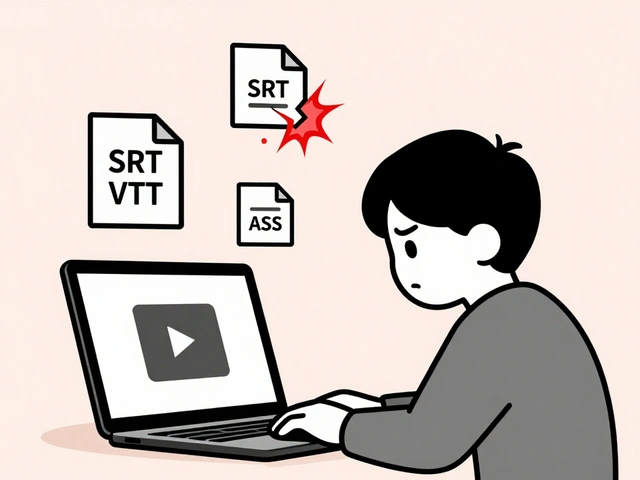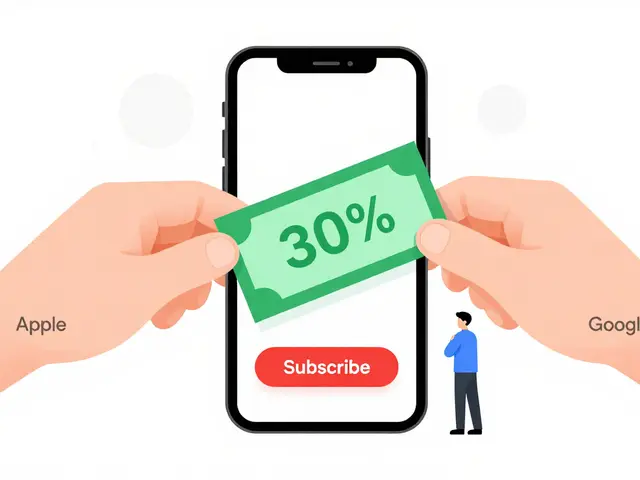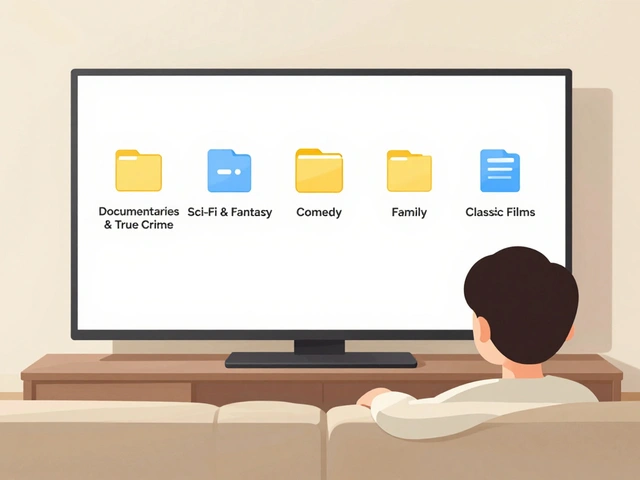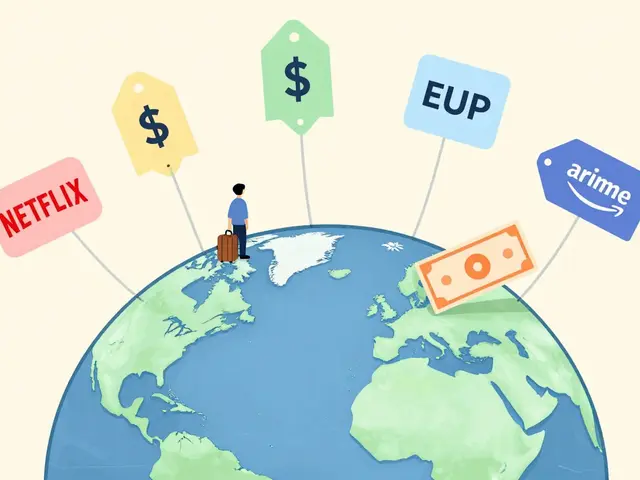Video Editor Hourly Fee – Your Guide to Understanding Costs
When working with video editor hourly fee, the amount a professional charges per hour for editing video projects. Also known as editor rate, it reflects skill level, tool expertise, and project complexity. Knowing this fee helps creators budget wisely and avoid surprise invoices.
Another key player in this space is the freelance video editor, an independent professional who offers editing services on a per‑hour or per‑project basis. Freelancers often set rates based on years of experience, niche focus, and the software they master, such as Adobe Premiere Pro or Final Cut Pro. Their flexibility makes them a popular choice for startups and solo creators who need quick turnarounds.
Video editor hourly fee isn’t a static number; it’s shaped by several forces. First, the skill tier matters: beginners may charge $15‑$30 per hour, mid‑level pros $40‑$70, and seasoned veterans $80‑$150+. Second, the toolset plays a role—editors who specialize in premium tools like DaVinci Resolve or After Effects can justify higher rates because they deliver advanced color grading and visual effects. Third, the project type influences the fee: a simple vlog edit costs less than a cinematic short with motion graphics.
How Different Entities Influence the Hourly Rate
The YouTube video editor, a specialist who tailors edits for the platform’s audience and algorithm often factors in audience retention metrics and ad‑friendly cuts. Their rates may include research on thumbnail creation and SEO‑optimized titles, adding extra value beyond raw editing. Meanwhile, a video editing tool, software such as Canva, Premiere Pro, or mobile apps, determines the workflow speed. Editors who can harness shortcuts and presets in these tools can lower the time spent per minute of footage, indirectly reducing the hourly cost for clients.
Geography also shapes the fee landscape. Editors based in regions with lower cost of living often offer competitive rates without sacrificing quality. However, remote collaboration tools—frame‑accurate shared timelines, cloud‑based asset libraries—have leveled the playing field, letting creators hire talent from anywhere.
Understanding these relationships forms a clear semantic chain: video editor hourly fee encompasses skill tier, tool proficiency, and project complexity. It requires budget planning and market research. In turn, the freelance video editor influences market standards, while the YouTube video editor adds platform‑specific nuances.
So how do you decide what’s fair for your project? Start with a scope checklist: length of raw footage, required effects, turnaround time, and any platform‑specific tweaks. Match that against the editor’s portfolio to gauge whether they fall into beginner, mid‑level, or expert tier. Ask for a detailed estimate that breaks down time spent on ingest, rough cut, color work, and final export. This transparency lets you see how the hourly fee translates into total cost.
When budgeting, consider hidden costs. Licensing for stock footage, music, or premium plugins can add $50‑$200 per project. If you need multiple revisions, factor in an extra hour or two per round. Some editors offer package discounts for recurring work—think weekly vlog edits or monthly promotional videos. This can bring the effective hourly fee down while guaranteeing consistent style.Finally, keep an eye on market trends. In 2025, AI‑assisted tools like Runway or Adobe Sensei are lowering the manual workload for simple cuts, nudging average hourly fees for basic edits down by about 10%. Conversely, demand for high‑end visual effects and 4K workflows is pushing expert rates upward.
Armed with this context, you can now explore the curated collection below. You’ll find deep dives into tool comparisons, realistic editing timelines, and step‑by‑step guides that help you apply the concepts we’ve covered. Whether you’re hunting the right freelance partner or fine‑tuning your own rates, the articles ahead give you actionable insights to make informed decisions.
13
Professional Video Editor Pricing: How Much Do Editors Charge in 2025
Discover the real cost of hiring a professional video editor in 2025, covering hourly, flat‑fee, per‑minute, and retainer models, plus factors that affect pricing and where to find reliable editors.
Latest Posts
Popular Posts
-
 Why Subtitles Aren't Working: Fix Common Video Text Issues
Why Subtitles Aren't Working: Fix Common Video Text Issues
-
 Third-Party Billing: How to Manage Subscriptions Through Apple and Google
Third-Party Billing: How to Manage Subscriptions Through Apple and Google
-
 App Layout Strategies: Organize Streaming Services by Genre and Use
App Layout Strategies: Organize Streaming Services by Genre and Use
-
 Special Effects vs. Visual Effects: What’s the Difference in Movie Magic
Special Effects vs. Visual Effects: What’s the Difference in Movie Magic
-
 Taxes and Currency: How International Streaming Billing Works
Taxes and Currency: How International Streaming Billing Works



